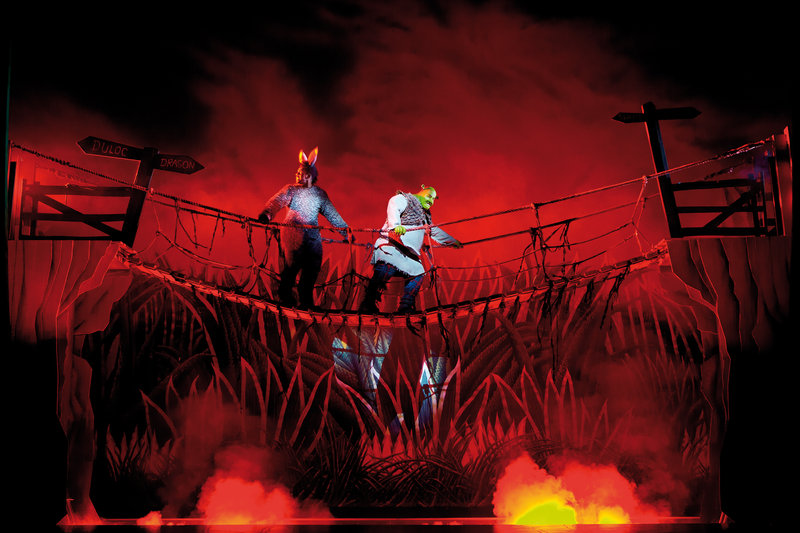
Friday, November 30, 2018
Italian Renaissance

Italian Renaissance background
Commedia Dell'arte
- Characters
- Videos--National Theater
- Ted Talk--Stock Comic Characters
- Commedia show in action!
- Mr. Bean--Judo class
- James Corden--One Man, Two Guvnors
- Marx Brothers Mirror: https://www.youtube.com/watch?v=VKTT-sy0aLg
- Marx Brothers Hats: https://www.youtube.com/watch?v=q9OUIk4Oaq4
- Who’s on First?: https://www.youtube.com/watch?v=kTcRRaXV-fg
- Bugs Bunny: https://vimeo.com/8965484
- Buster Keaton: https://www.youtube.com/watch?v=_J8XM1_rOTg
- Naked Gun “Slap”: https://www.youtube.com/watch?v=wW8LvUvTZhA
- Lucille Ball: https://www.youtube.com/watch?v=8NPzLBSBzPI Kevin James falling
Friday, November 9, 2018
Origins of Theatre/Greek Drama
"Crash Course" Videos:
Tragedy lessons from Aristotle
Note-Taking (Need to Know)
Examples of Greek Chorus:
Note the similarities and differences in delivery, tone, and choreography.

Tragedy lessons from Aristotle
Note-Taking (Need to Know)
Examples of Greek Chorus:
Note the similarities and differences in delivery, tone, and choreography.
- Production of Agamemnon
- Eastern Michigan University--"Style for Actors" course: Oedipus
- Another production of Agamemnon--minimalist
Tuesday, November 6, 2018
Why Theatre?
Here is our class brainstorm on "Why Theatre," as well as some notes...
National Core Arts Standards
Types of Stages
Terms discussion
"Life changing power of theatre"
"How theatre education can save the world"
Monday, November 5, 2018
Monday, June 11, 2018
Playwriting!

This is it! The End. Your final is to write a short play. Hopefully, after learning some history, character motivations, and elements of design, you are ready to apply your knowledge!
- Assignment
- Playwriting 101: a handy logistics guide; nuts and bolts on structure and formatting
- Examples: "A Lonely Party" written by two students; three plays written by someone else...
Tuesday, June 5, 2018
More Design

- Drama Machine!
- Working in the Theatre: Scenic Design (27 minutes)
- Working in the Theatre: Lighting Design (23 minutes)
- Working in the Theatre: Costumes (33 minutes)
- Technical Theatre: Set Design (7 minutes)
- Building Broadway: Hamilton (3 minutes)
- Mary Poppins (5 minutes)
- Evan Hansen: Set Design (3 minutes)
- Evan Hansen: Lighting Design (2 minutes)
- National Theatre: Costumes (9 minutes)
- Costumes in Wicked (5 minutes)
Assessment: Create your own design!
Friday, June 1, 2018
Responding and Connecting to Design

Respond to each major aspect of the production design. Be specific! Think about colors, set, lighting, costumes, makeup.
Directions: Point to a specific scene--What effect do the choices made have on the audience? Why were these choices made? Do not specifically evaluate music/acting, but do consider their role in the design and effect of the production.
Thursday, May 17, 2018
Acting!

- What is acting?
- What is “bad” acting? What does it look like?
- What is “good” acting? What does it look like?
- Why, if the actor does well, can it result in something we enjoy and encourage?
- How does the art of acting relate to other arts?
Activities:
- Choose an action (like making a pizza) and then add an emotion
- Create a situation given only movement
- What is your relationship to one another?
- Where is the scene taking place?
- What is your character’s motivation (reason for being there)?
- What is the DRAMA of the scene?
- Content-less scene
- Focus on the SUBTEXT; what do the characters MEAN? What do they WANT?
History (here's a great video):
- Constantin Stanislavski (1863-1938)--Nearly all practitioners in acting use Stanislavski as a starting point, either to build from or to react against. He cannot be ignored.
- Founded the Moscow Art Theatre (1898)
- Created an approach that forefronted the psychological and emotional aspects of acting. The Stanislavski System, or "the method," as it has become known, held that an actor’s main responsibility was to be believed (rather than recognized or understood)
- He was never satisfied with results and always sought better ways for an actor to perfect his craft. Those who try to use the System like a straightjacket will fall flat; the System was in a constant state of flux and was constantly being reassessed.
- The Process (in a nutshell)
- Given Circumstances--Character details in the script - the facts the playwright gives the actor. They are unchangeable. Focus attention on the Geographical, Social and Historical elements in the script. The actor asks him/herself things like “Where am I? What is my specific location? What year is it? What relationships do I have? What has happened before the play begins?
- Super Objective--main theme of the play. The subject of the play. Everything drives toward the Super Objective
- Objective--Breaking the script down into sections. The objective is the goal for your character in each section. It's what the character would like to see happen at the end of the section; what they want. This is not necessarily what happens, but this is what the character is striving for. It is the actor's job to focus on the objective and strive to complete it, no matter what stands in the way
- Magic If--"What would I do if I were in the same situation?"
- Emotional Memory (Affective Memory)--In the system, the actor does not "act" emotions. You don't act sad, or happy, or mad. With Emotional Memory the actor remembers a situation when he/she felt the same, or similar, emotions as their character. Recalling the situation leads to emotion. This was a clear break from previous modes of acting that held that the actor's job was to become the character and leave their own emotions behind.
- Sense Memory--an offshoot of Emotional Memory. The actor recalls a memory, and tries to put all five senses to the memory. What did you see, hear, taste, touch, smell?
- Inner Monologue (Subtext)--These are the character's thoughts. What's going on inside the character during a scene? Creating the subtext is part of developing the inner life of the character.
- Stanislavski’s evolution...
- The Group Theater (1931-1941) and the American “Method”--Their vision was of a new theater that would mount original American plays to mirror — even change — the life of their troubled times
- Clifford Odets--first an actor in the group, then wrote Awake and Sing! This changed everything. His highly charged plays, which were often expressed in the language and circumstances of working-class characters, mirrored the essence of what the group wanted to be and do, fulfilling the dream of a theater speaking to and for its audience. Both audience and critics responded enthusiastically, and such works as Awake and Sing!, Waiting for Lefty, and Paradise Lost were among the most memorable productions of the decade.
- Out of this came some of the most influential acting teachers, who studied with, adapted, and further developed Stanislavski’s method--now called the “American Method.” Lee Strasberg, Stella Adler, Sanford Meisner
Wednesday, April 18, 2018
Monday, April 16, 2018
Terms/History

Continue those terms!
"Crash Course" Videos:
Examples of Greek Chorus:
Note the similarities and differences in delivery, tone, and choreography.
- Production of Agamemnon
- Eastern Michigan University--"Style for Actors" course: Oedipus
- Another production of Agamemnon--minimalist
Friday, April 13, 2018
Enduring Power of Theatre

Terms discussion
"Life changing power of theatre"
"How theatre education can save the world"
Subscribe to:
Posts (Atom)
